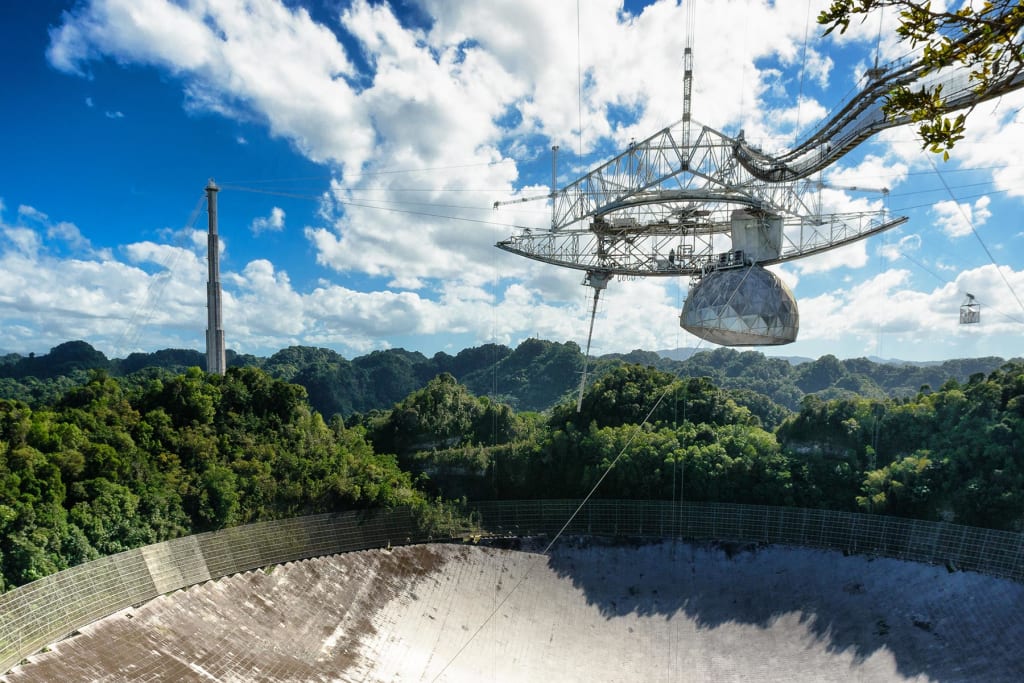
Space science is the investigation of all that in the universe past Earth's air. That incorporates objects we can see with our unaided eyes, similar to the Sun , the Moon , the planets, and the stars . It additionally incorporates objects we can see with telescopes or different instruments, as distant cosmic systems and little particles. Furthermore, it even incorporates inquiries regarding things we can't see by any stretch of the imagination, similar to dim matter and dim energy .
1. When we look up at the night sky, we see patterns and want to explain them
Early spectators taking a gander at the night sky saw themes in the stars . These examples, which we call heavenly bodies, could seem to change place, yet they don't change shape. Individuals all over the planet gave them names (like Orion the tracker or Leo the lion) and recounted them. You might know a portion of these accounts as fantasies, or as soothsaying. Crystal gazing can be enjoyable to contemplate, yet it's unique in relation to space science. Crystal gazing isn't science!
Early observers also noticed some bright objects in the sky that seem to wander around among the stars. The ancient Greek philosophers called these objects “planets,” which is Greek for “wanderers.” The planets are our near neighbors, and they do move. They orbit the Sun , just as Earth does.
2. The sky is tremendous and distances between objects can be extremely huge
To the unaided eye, the stars seem to be little places of light . However, stars are not little — they're tremendous, consuming bundles of gas, similar to our Sun. They simply show up little since they are so distant. The closest star to our nearby planet group is 4 light years away, which is 20 trillion miles.
The stars may all look the same distance away, as if they were pasted on the wall of a giant dome. But that's an illusion too. Some stars are tens of thousands of light years farther away from Earth than others. You can see this illusion for yourself by building your own Big Dipper.
Yet, on the off chance that you take a gander at similar stars from a better place in the universe, you'll see that a few stars are billions of miles farther away than others!
How might we tell what distance away a star is? One piece of information is its splendor. Far off stars look dimmer than they would in the event that we were near them. Yet, that sign isn't truly dependable, in light of the fact that stars fluctuate a ton in their splendor. A few stars that hang out overhead aren't quite far away contrasted with different stars — they're simply staggeringly large and splendid. What's more, a few close by stars are faint. As a matter of fact, our Sun's nearest star neighbor, Proximus Centuri, is so weak and small that we want a telescope to see it!
So cosmologists depend on estimations of something many refer to as parallax to sort out the distances of stars. They take a gander at a close by star from two better places and contrast its position relative with other, substantially more far off stars.
What are the enormous thoughts regarding stargazing?
3. All that is in space is moving constantly.
You could feel like you're standing by, however you're really flying through space inconceivably quick! That is on the grounds that Earth is conveying you like a spaceship.
Earth is turning. In the event that you were remaining on the equator, you and the spot under your feet would turn at a speed of around 1,000 miles each hour. Yet, Earth is additionally circling around the Sun, moving considerably quicker: 67,000 miles each hour. What's more, the actual Sun is moving around the focal point of our universe, conveying everything in the planetary group with it, at a pace of 490,000 miles each hour. What's more, that is not all. Our system, the Smooth Way , is moving as well — at a pace of 872,405 miles each hour. Our group of cosmic systems is moving as well. As is all the other things known to man.
4. Gravity keeps everything in place
Assuming that Earth is moving so quick, for what reason don't we take off? Thank gravity for that. Gravity is the power of fascination between all items in the universe. An item's gravity relies upon its mass — its aggregate sum of issue , or "stuff." The more huge the article, the more grounded the gravitational power. Also, the nearer two articles are, the more grounded the gravitational draw between them. Gravity keeps your feet on the ground — and what keeps Earth and the planets circling around the Sun as opposed to drifting endlessly.
When you jump, you always fall back to Earth. What goes up must come down, right? Not quite! Something can go up and not come down if it reaches the escape velocity, the speed at which it breaks free from a planet’s gravitational pull. That’s how rockets work. Their engines are designed to push the rocket up so hard that it moves fast enough to get away. The universe is full of “runaway” stars and planets that escaped the gravity of their neighbors.





Comments (1)
i needed to know that!